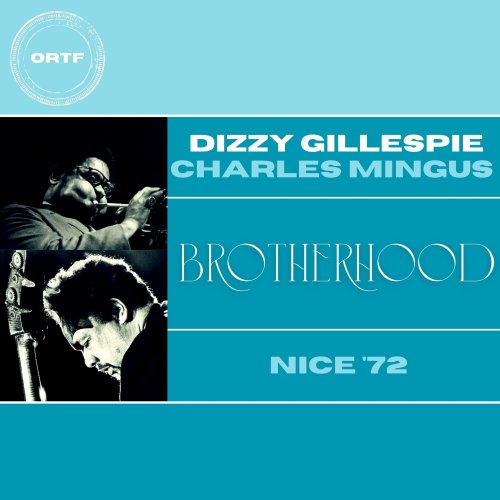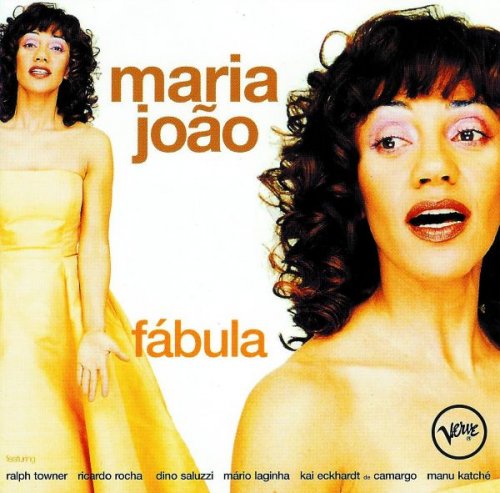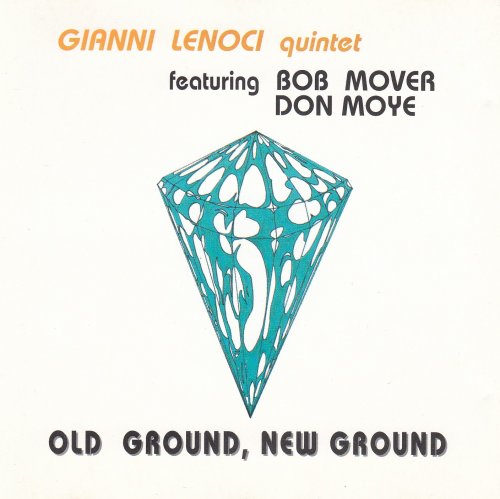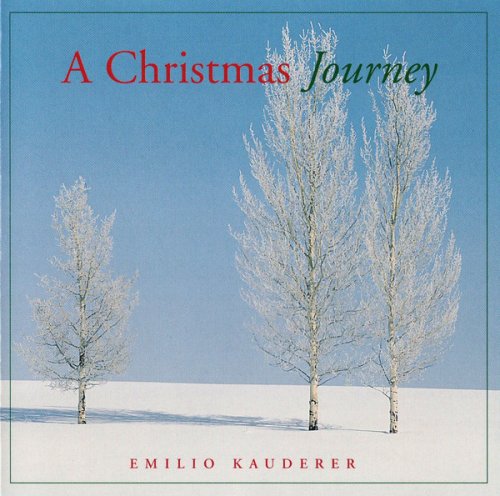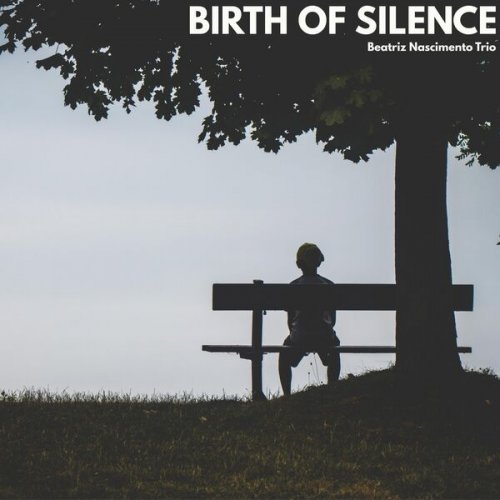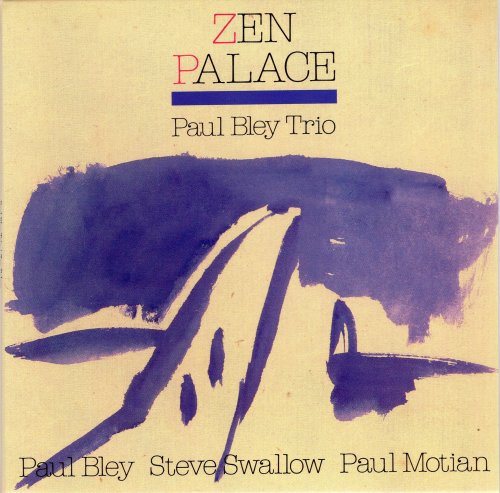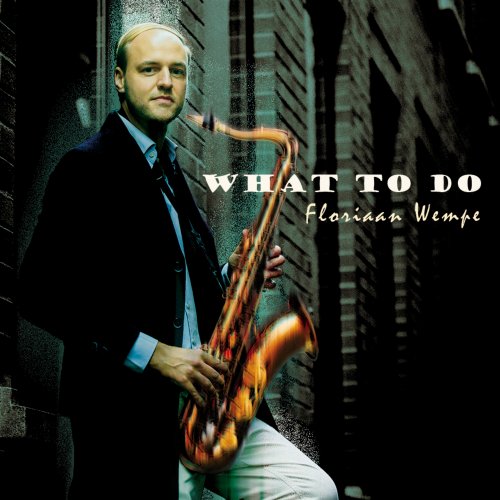The Borodin Trio - Shostakovich: Piano Quintet Op. 57 & Trio No. 2 Op. 67 (1983) CD-Rip
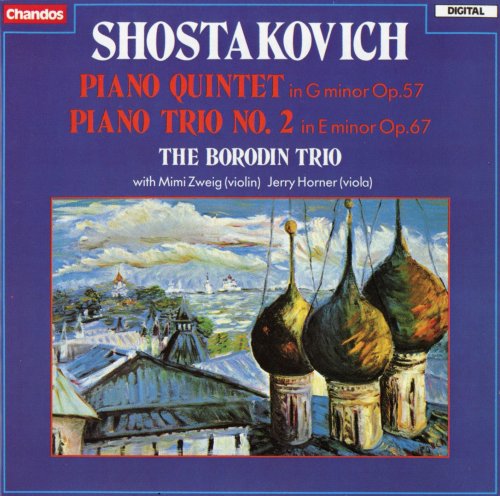
Artist: The Borodin Trio
Title: Shostakovich: Piano Quintet Op. 57 & Trio No. 2 Op. 67
Year Of Release: 1983
Label: Chandos
Genre: Classical
Quality: FLAC (image+.cue,log,scans)
Total Time: 65:35
Total Size: 334 Mb
WebSite: Album Preview
Tracklist: Title: Shostakovich: Piano Quintet Op. 57 & Trio No. 2 Op. 67
Year Of Release: 1983
Label: Chandos
Genre: Classical
Quality: FLAC (image+.cue,log,scans)
Total Time: 65:35
Total Size: 334 Mb
WebSite: Album Preview
Piano Quintet in G minor Op. 57 35:54
1 I. Prelude (Lento) 04:44
2 II. Fugue (Adagio) 12:13
3 III. Scherzo (Allegretto) 03:47
4 IV. Intermezzo (Lento) 07:21
5 V. Finale (Allegretto) 07:34
Piano Trio No. 2 in E minor Op. 67 29:33
6 I. Andante - Moderato 08:14
7 II. Allegro non troppo 03:33
8 III. Largo - 06:06
9 IV. Allegretto 11:26
Performers:
Jerry Horner, viola
Mimi Zweig, violin
The Borodin Trio:
Luba Edlina, piano
Rostislav Dubinsky, violin
Yuli Turovsky, cello
Both these couplings are extremely fine, but taken together they add up to even more than the sum of their parts. The point of coupling Shostakovich’s first and last string quartets is obvious, and the contrast between what the composer himself called his “Springtime Quartet” and the unprecedented sequence of six slow movements written months before his death could not be more poignant. The performances take full account of this contrast, not only in sheer amplitude of gesture (the single-note crescendos in the second movement of the Fifteenth Quartet are scorching) but also in command of scale: the desolation of the Fifteenth’s opening movement, as long as all four of the First put together, is unrelieved, but it is never for one moment monotonous. There are big gestures even in the First Quartet, but these players have the tonal range to encompass an almost naive sweetness in its second movement as well.
Any discussion of Shostakovich’s string quartets, though, is bound to turn sooner or later towards the eloquently gestural ‘public’ manner that he often adopted in this intimate if not private medium. Among the crucial documents to be considered in any such discussion are the two works on the other CD here, since both the Piano Quintet and the Second Piano Trio precede the Second Quartet. In other words the gentle First Quartet (written immediately after the Fifth Symphony, and sounding almost like a retreat from it) did not immediately lead to a further exploration of the quartet medium; it may have been the experience of the Quintet and the Trio that prompted that.
These thoughts are suggested not by an examination of opus numbers and dates but by these performances. Because of the presence of a piano and of the powerful emotions expressed in them the Quintet and Trio are commonly given very big performances indeed. The ones here are by no means small, but they are chamber music, and that seems to be the view of the pianist as well as the string players. The finale of the Piano Trio actually gains in power from this, the greatest weight of tone being reserved for the true climax, and half the intensity of the Quintet, in this reading, comes from a remarkably wide and masterfully controlled range of sonority and dynamic: note how very gradually the fugal second movement acquires warmth and how the poignant “Intermezzo” gains pathos from the delicate clashes of the piano line. Leonskaja is a superb partner in both works, and no mere visiting soloist but a born chamber player.
The recordings of all four works are very fine, the balance in the Quintet and Trio all that it should be. It is rather early to start thinking about 1997’s Gramophone Awards, but I would nominate both these discs here and now.'
Any discussion of Shostakovich’s string quartets, though, is bound to turn sooner or later towards the eloquently gestural ‘public’ manner that he often adopted in this intimate if not private medium. Among the crucial documents to be considered in any such discussion are the two works on the other CD here, since both the Piano Quintet and the Second Piano Trio precede the Second Quartet. In other words the gentle First Quartet (written immediately after the Fifth Symphony, and sounding almost like a retreat from it) did not immediately lead to a further exploration of the quartet medium; it may have been the experience of the Quintet and the Trio that prompted that.
These thoughts are suggested not by an examination of opus numbers and dates but by these performances. Because of the presence of a piano and of the powerful emotions expressed in them the Quintet and Trio are commonly given very big performances indeed. The ones here are by no means small, but they are chamber music, and that seems to be the view of the pianist as well as the string players. The finale of the Piano Trio actually gains in power from this, the greatest weight of tone being reserved for the true climax, and half the intensity of the Quintet, in this reading, comes from a remarkably wide and masterfully controlled range of sonority and dynamic: note how very gradually the fugal second movement acquires warmth and how the poignant “Intermezzo” gains pathos from the delicate clashes of the piano line. Leonskaja is a superb partner in both works, and no mere visiting soloist but a born chamber player.
The recordings of all four works are very fine, the balance in the Quintet and Trio all that it should be. It is rather early to start thinking about 1997’s Gramophone Awards, but I would nominate both these discs here and now.'
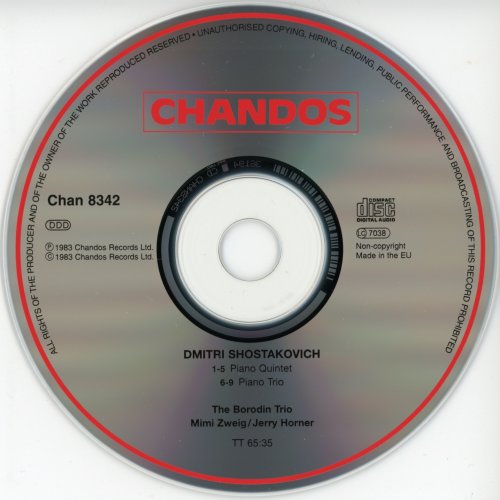
DOWNLOAD FROM ISRA.CLOUD
The Borodin Trio - Shostakovich Piano Quintet Op. 57 & Trio No. 2 Op. 67 (1983).rar - 334.5 MB
The Borodin Trio - Shostakovich Piano Quintet Op. 57 & Trio No. 2 Op. 67 (1983).rar - 334.5 MB
![Joe Magnarelli - Decidedly So (2026) [Hi-Res] Joe Magnarelli - Decidedly So (2026) [Hi-Res]](https://www.dibpic.com/uploads/posts/2026-01/1768406627_oib414m5zcj0b_600.jpg)
